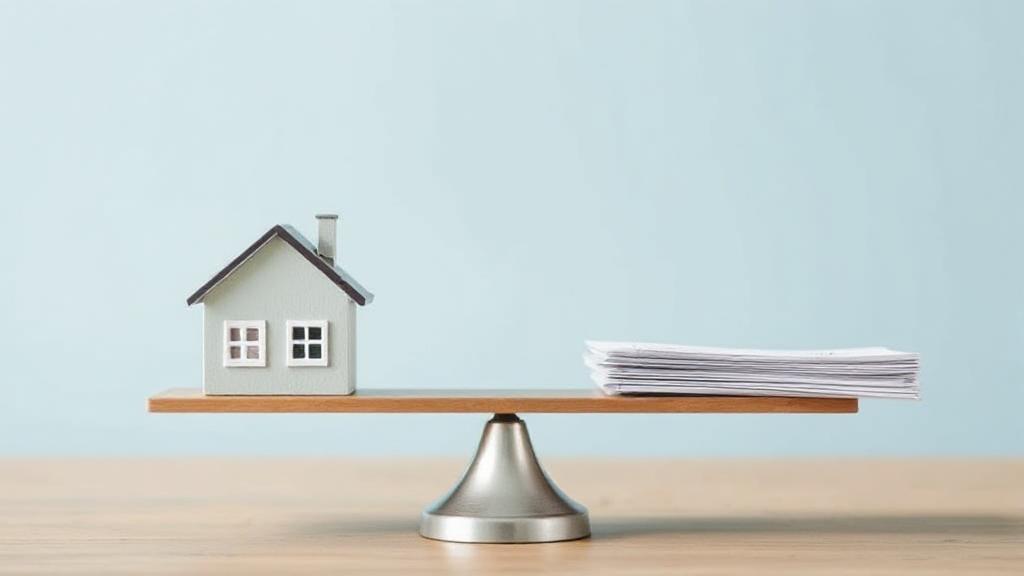Understanding Renters Insurance Coverage
Renters insurance is a crucial safeguard for anyone leasing a home or apartment, providing financial protection against unexpected events such as theft, fire, or natural disasters. The policy typically includes three main types of coverage:
- Personal Property: Protects your belongings, including furniture, electronics, and clothing
- Liability Coverage: Offers protection if someone is injured in your home or if you accidentally damage others' property
- Additional Living Expenses (ALE): Covers temporary housing and other costs if your home becomes uninhabitable
For more detailed information, visit the Insurance Information Institute.
Creating a Home Inventory
Before determining coverage amounts, conduct a thorough inventory of your possessions:
- Take photos or videos of your belongings
- Create a spreadsheet listing items and their values
- Keep receipts for major purchases
- Document serial numbers for electronics
- Store inventory information in the cloud
Special Considerations for High-Value Items
Standard policies have coverage limits for certain categories:
| Category | Typical Limit |
|---|---|
| Jewelry | $1,500 |
| Electronics | $2,500 |
| Art/Collections | $2,000 |
| Musical Instruments | $2,000 |
Consider additional riders or floaters for items exceeding these limits.
Determining Liability Coverage
Most experts recommend at least $100,000 in liability coverage, though $300,000 is often suggested. Consider these factors:
- Your lifestyle and frequency of visitors
- Pet ownership
- Home office usage
- Assets to protect in case of lawsuit
- Recreational activities
Additional Living Expenses Coverage
ALE coverage typically equals 20-30% of your personal property coverage and helps pay for:
- Temporary housing
- Meals
- Other living expenses during displacement
Factors Influencing Insurance Costs
Several factors affect the cost of your renters insurance policy:
- Location and natural disaster risks
- Crime rates in your area
- Coverage amount selected
- Deductible choice
- Available discounts
- Cost of living
- Type of rental property
Money-Saving Tips
While maintaining adequate coverage, you can reduce costs by:
- Bundling with other insurance policies
- Installing security devices
- Choosing a higher deductible
- Maintaining good credit
- Shopping around annually
Pro tip: Many insurance experts recommend having at least $30,000 in personal property coverage for a typical one-bedroom apartment.
Regular Review
Insurance needs change over time. Review your coverage:
- After major purchases
- When moving
- Following lifestyle changes
- Annually at minimum
For more information about renters insurance, visit the National Association of Insurance Commissioners or NerdWallet's guide on renters insurance.
Remember that while it's tempting to minimize coverage to reduce premiums, being underinsured can be financially devastating. Work with a licensed insurance agent to fine-tune your coverage based on your specific situation and needs.
